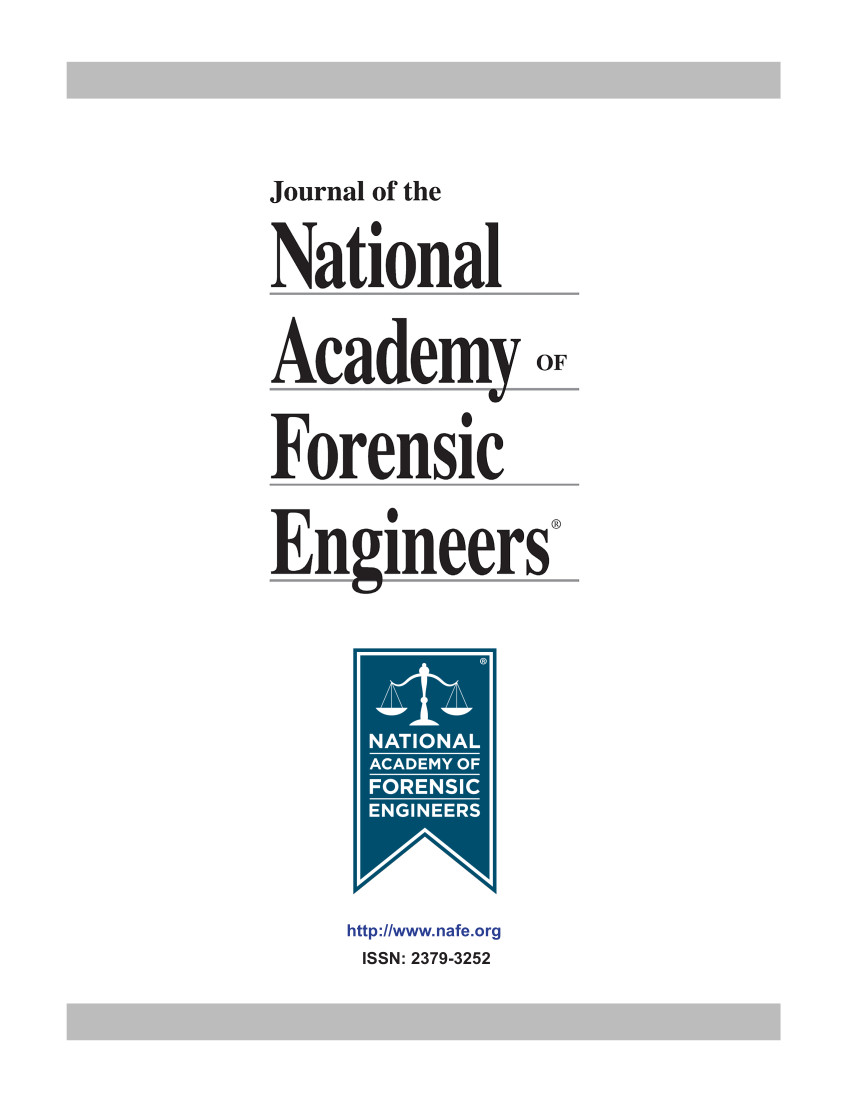Forensic Engineering Analysis Of Copper/Brass Contacts
DOI:
https://doi.org/10.51501/jotnafe.v18i2.590Keywords:
Resistance heating, firesAbstract
A Great Many Articles Have Been Written About The Phenomena Of High Resistance Electrical Connections. These Articles Both Suggest And Acknowledge That In The Presence Of Combustible Materials, Inferior Electrical Connections Can Cause A Fire. In An Attempt To Explain The Mechanics Of A Failure At An Electrical Connection, The Authors Discuss Loose Connections, Dissimilar Metals At The Connection, Oxidation At The Contact Points And A Host Of Other Variables. A Thorough Review Of Forensic Publications Provides Very Little Information About Copper To Brass Failures Even Though Failures Involving Connections Between Other Conductive Metals Are Discussed In Great Detail. Copper And Brass Have A Very High Conductivity, Are Ductile, Resist Oxidation, And Are Generally More Resistive To Progressive Failure As Compared To Other Conductors When The Mechanical Connection Is Inferior. Further, The Characteristics Of Copper And Brass Make It Difficult To Reproduce Connection Failures In The Laboratory. This Paper Presents Data From Laboratory Experimentation Where Localized Temperatures At Brass To Copper Connections Escalated Above The Ignition Temperature Of Light Weight Combustibles. Copper To Brass Connections Can Fail And The Result Can Result In A Fire.Published
2001-01-01
How to Cite
Owens, Roger L. 2001. “Forensic Engineering Analysis Of Copper/Brass Contacts”. Journal of the National Academy of Forensic Engineers 18 (2). https://doi.org/10.51501/jotnafe.v18i2.590.
Issue
Section
Articles
License
Copyright (c) 2001 National Academy of Forensic Engineers

This work is licensed under a Creative Commons Attribution-NoDerivatives 4.0 International License.
All rights © Journal of the National Academy of Forensic Engineers.
Full statement regarding the author's license of copyright to the NAFE is shown on the Copyright section of the Submissions Page.






